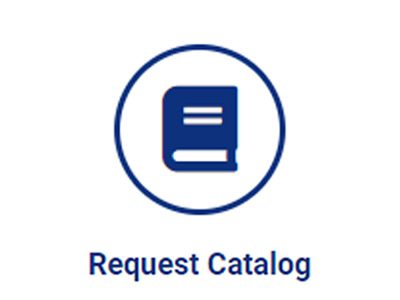“Surface Cleanliness Verification by Direct Oxidation Carbon Coulometry”
P.Lawrence Meschi, UIC Inc., Joliet, IL 60436, Richard Hoch, Crown Cork & Seal Company Inc., Alsip, IL 60482 and Philip L. Coduti, Inland Steel Research Laboratories, East Chicago, IL 46312
The cleanliness of a metal surface is an issue in many industry processes. The quality of adhesive bonding, electroplating and corrosion resistance after painting is adversely affected by contaminates on the surface of a metal. The need to assure and improve quality, while phasing out environmentally harmful cleaning solvents, has forced industry to face the challenge of abandoning many of its traditional cleaning methods and evaluating alternate cleaning processes.
An ideal method for cleanliness verification would be provide a quick, direct quantitative measurement of the surface contamination while at the same time being inexpensive and easy to use. Many of the methods currently in use trade off cost and the ease of operation with the quality of analytical information. Surface techniques, such as Secondary Ion Mass Spectrometry (SIMS), provide a wealth of qualitative and quantitative information about contamination at a surface but these techniques are expensive and difficult to perform routinely. Other methods, such as the water break test, contact angle measurement or solvent extraction techniques, are inexpensive and easier to run than the surface techniques but their results can be classified as either non-quantitative, non-specific or indirect.
The method presented in this poster, Direct Oxidation Carbon Coulometry (DOCC), offer a better balance between cost, ease of use and quality of information than methods currently in use for cleanliness verification. Since most common surface contaminants are carbonaceous in nature, the measurement of surface carbon gives a direct indication of surface cleanliness. In DOCC, surface carbon on a sample is oxidized to CO2 by combustion and then measured quantitatively by an automatic coulometric titration.
METHOD
Figure 1 shows a schematic representation of the combustion system. The system consists of a packed quarts combustion tube and two furnaces. The first furnace is set to 420˚C for the determination of organic surface contaminates. The second furnace is set to 590˚C for the determination of inorganic surface carbon. A single furnace set at 590˚C is used if only the determination of total surface carbon is desired.
Samples are first inserted into the cool end of the combustion tube. The breech block is closed and the system is purged of atmospheric CO2 with the oxygen carrier gas. The sample is then moved into the appropriate heating zone where the surface carbon reacts to form CO2. Combustion gases are swept from the combustion tube into a coulometric cell where it is titrated with electrochemically generated hydroxide ion.
Since coulometry is a primary technique based on Faraday’s law, no chemical calibration of the coulometer is required. Results of the analysis are calculated from the integration of the titration current and displayed directly as µg C. Time required for analysis is approximately 5 minutes for each form of carbon determines. Final results are generally reported as either mg C / ft2, mg C / m2 or mg C per part.




